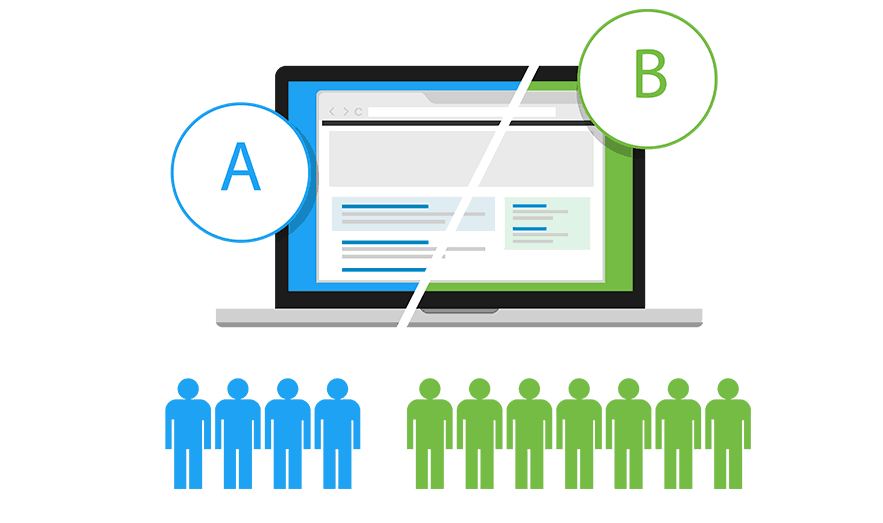In the dynamic world of digital marketing, optimizing your website and marketing campaigns is essential to stay ahead of the competition.
A/B testing, also known as split testing, is a powerful methodology that empowers businesses to make data-driven decisions, enhancing user experience and boosting conversion rates.
In this article, we’ll explore the intricacies of A/B testing and how it can revolutionize your online presence.
What is A/B Testing?
A/B testing involves comparing two versions (A and B) of a webpage or a specific element (such as a headline, call-to-action, or image) to determine which one performs better.
One version is the control (A), and the other is the variation (B). The objective is to identify which version produces more desirable outcomes, such as higher click-through rates, conversion rates, or engagement.
Selecting What to Test
The first step in A/B testing is to decide what to test. This could be the color of a button, the placement of a CTA, or the wording of a headline.
Focus on elements that have a significant impact on user behavior or the desired outcome.
Setting Clear Objectives
Clearly define your objectives. Are you aiming to increase sign-ups, sales, or click-through rates?
A/B tests should align with specific goals, enabling you to measure success effectively.
Creating Variations
Develop two versions of the element you want to test, the control (A) and the variation (B). Ensure they are distinct from each other but share similar contexts.
For example, if you’re testing a CTA button, the only difference should be the CTA text or color.
Implementing the Test
Use A/B testing tools to randomly show the control or the variation to your website visitors.
This is typically done through randomized, equal distribution to ensure statistical validity.
Measuring and Analyzing Results
Gather data on user interactions with the control and variation. Common metrics include click-through rates, conversion rates, bounce rates, and engagement levels. Analyze the results to determine which version is more effective in achieving your objectives.
Interpreting Results
Statistical significance is crucial. Ensure you have a sufficient sample size and use statistical tests to validate your findings.
Once the results are conclusive, choose the winning version and implement it.
Continuous Testing
A/B testing is an ongoing process. Even after implementation, continue testing to refine your website or marketing efforts further. Small changes can lead to substantial improvements.
The Benefits of A/B Testing
A/B testing offers several advantages, such as improved user experience, increased conversion rates, and enhanced decision-making based on real data.
It enables businesses to evolve and adapt to changing customer preferences.
Conclusion
A/B testing is the secret sauce of data-driven decision making in the digital realm. By systematically testing different versions of key elements and measuring their impact, businesses can continually optimize their websites and marketing campaigns.
The result? Enhanced user experiences, improved conversion rates, and a competitive edge in the ever-evolving digital landscape.






